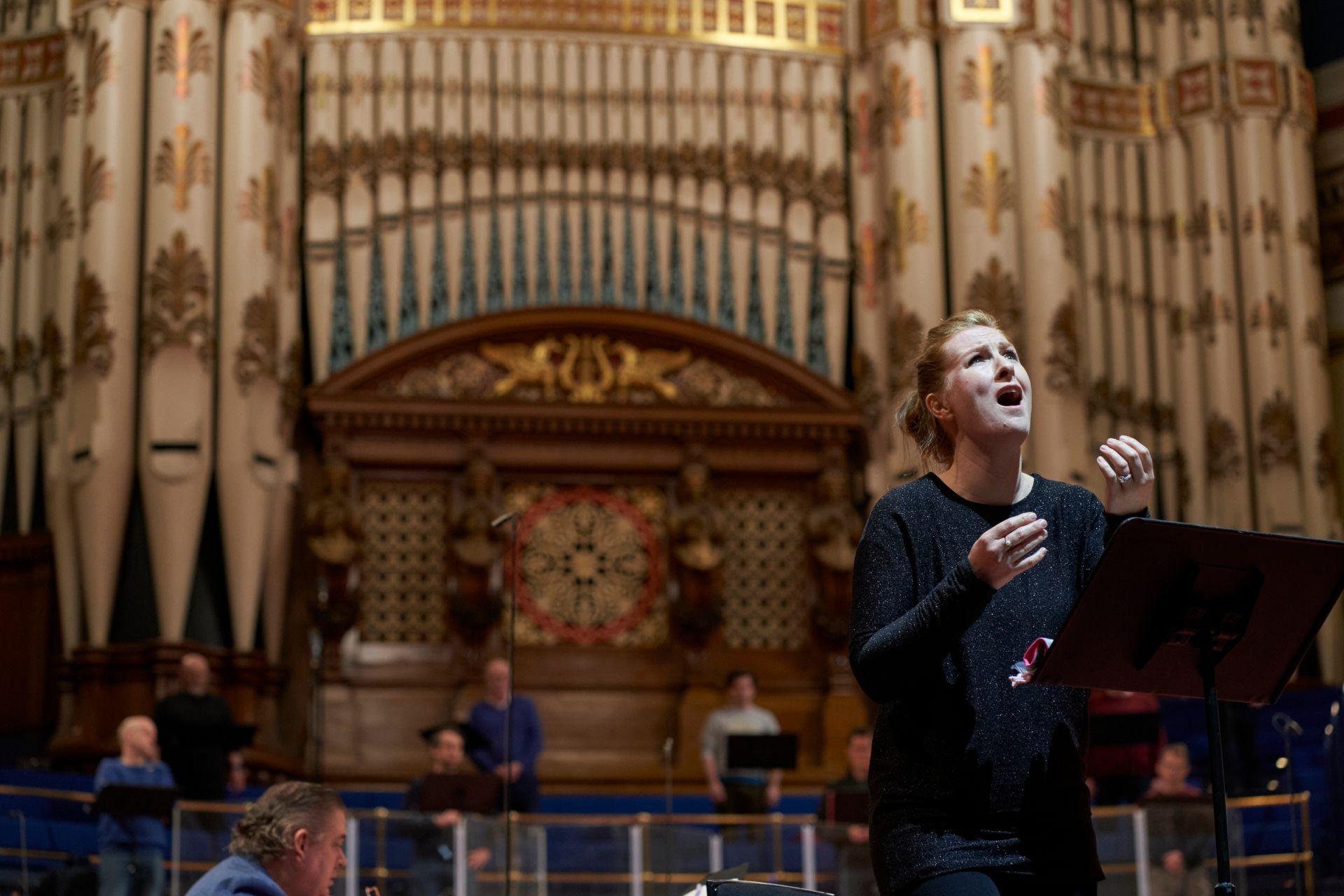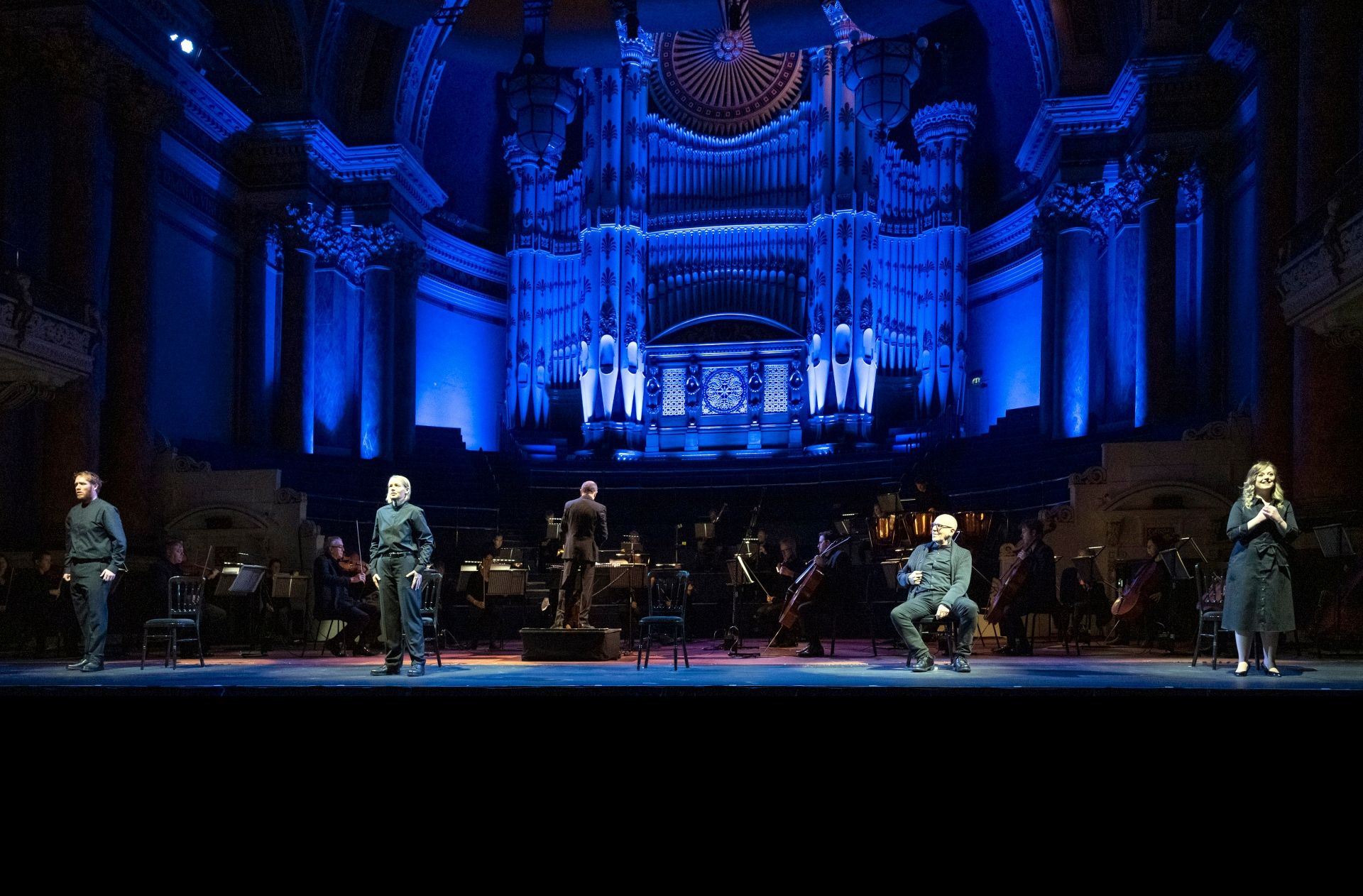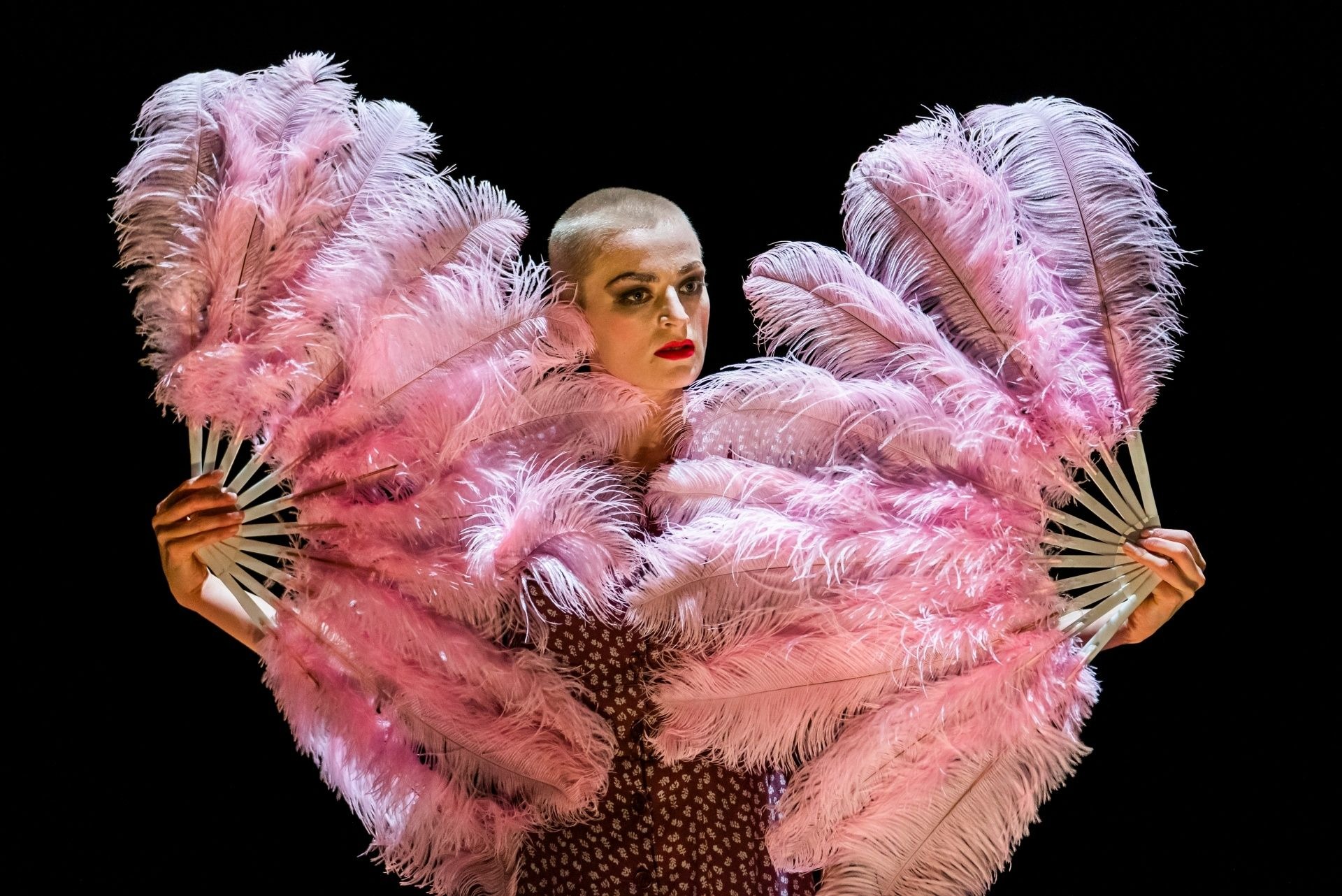Tchaikovsky’s classic ballet is given a sensitive and beautifully imagined performance – reviewed by Charles Eager.
The Christmas period—it is not complete, these days, without It’s A Wonderful Life, some version of A Christmas Carol, Handel’s Messiah, and, of course, Tchaikovsky’s Nutcracker. As Northern Ballet’s Artistic Director (as well as director of choreography, costume design, and scenario for the present production), David Nixon OBE, writes in his programme notes, this 120-year-old ballet proves unfailingly enduring, and ‘still holds the power to bring together people of all generations in the charm and imagination of this harmonious journey that uplifts us and reminds us of the power of dreams’.
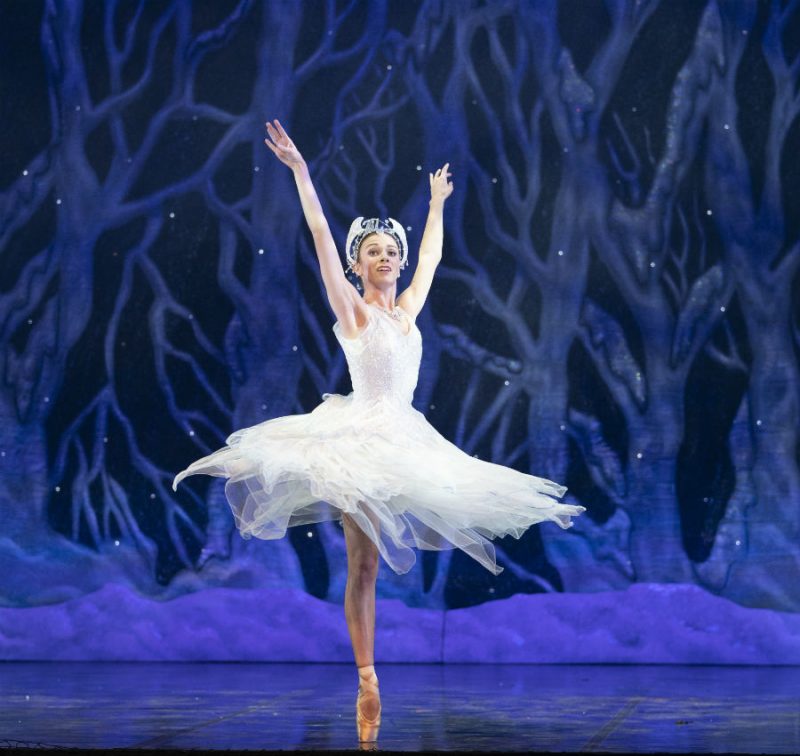
Although the original story—written by the beyond great E. T. A. Hoffmann—is set in a German home, and thus has much of that sense of the very best if the peculiarly German fantastical and charming, here the production is moved to a home in Regency Britain. The family name is no longer Silberhaus, nor Stahlbaum, but here simply ‘Edwards’. The envious brother who fights the heroine Clara (played wonderfully here by Rachael Gillespie) for her new toy (the Nutcracker doll of the title) is no longer Fritz but Frederick.
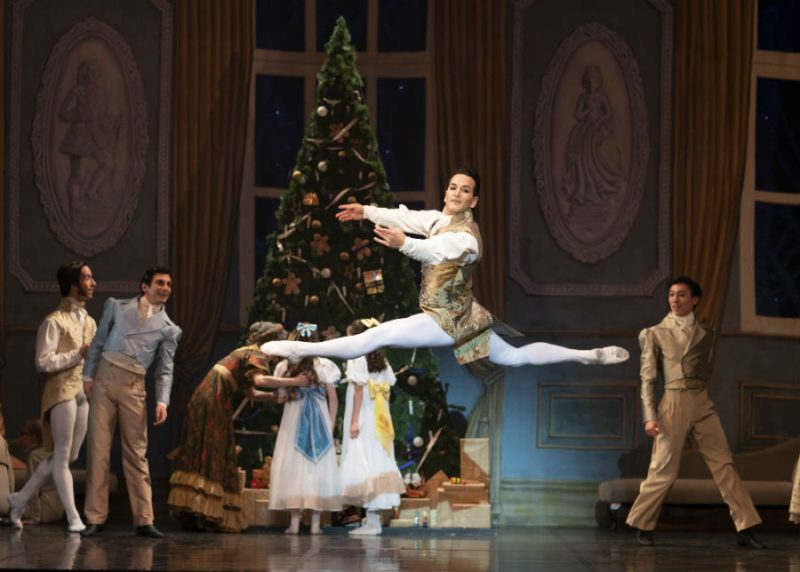
Exactly why these changes are made never becomes quite clear to my mind—especially since names are almost never made clear or explicit in the ballet form, and so this change was only accessible to those who could buy the £5 programme—but the Regency costumes are delightful. The set that depicts the home is a little bit simplified, but is only present for the very first and last minutes of the ballet.
Most of the ballet, Nutcracker-lovers will know, is set not (strictly) in the home, but in the dreamworld conjured for Clara by her magician Uncle, Drosselmayer. (Again, why the Edwards family has an Uncle Drosselmayer is a complexity which is not ever explained, but which did not affect the performance). I might add at this moment that, although sensitively cast, this Uncle Drosselmayer (played by Mlindi Kulashe) looked young enough to be Clara’s cousin rather than her uncle! But his performance was so charming, I am loathe to make of this any serious criticism.
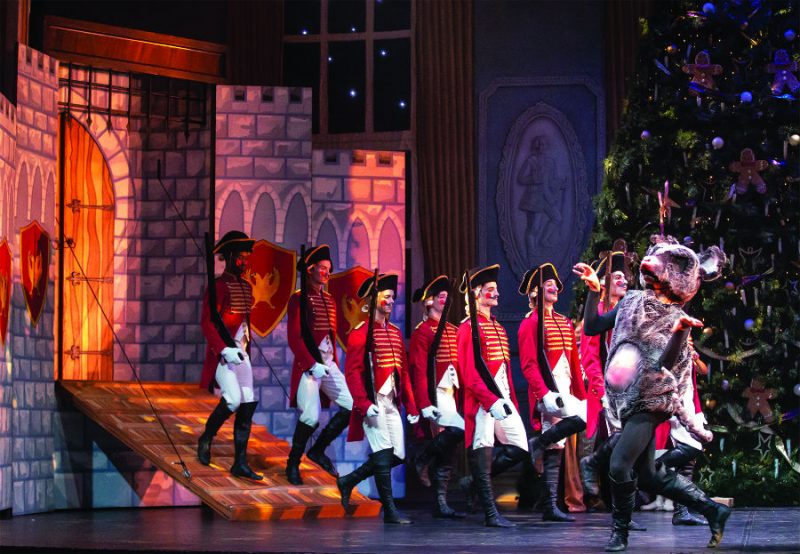
As a sleepless Clara returns to the stage, a favourite part of the story follows, in which the toy soldiers come to life and do battle with the house’s rather worryingly large supply of mice. Here their leader, the Mouse King, was a wonderfully humorous character, with a gnarled crown, a long tail which he took in hand and flicked carelessly and callously around, and, best of all, a pot belly (and although this did somewhat clash with the muscular ballet dancer’s thighs, it was indeed more humorous for it). The Nutcracker (Ashley Dixon) himself is humorously made up with a great big spherical toy’s head.

This is before, however, he changes into his handsome, human version at the hands of Drosselmayer. From here Clara and the Nutcracker enter into a beautiful winterscape—what the programme calls a ‘snowy fairyland’—populated by an array of wonderful dances by the snow maidens. The first Act comes to a touching close shortly after, as Clara and the Nutcracker, in the midst of incipient snowfall, leave the ‘fairyland’ for new places and sights, seated in Drosselmayer’s magical carriage, which glides slowly offstage, framed by the arched arms of the snow maidens.
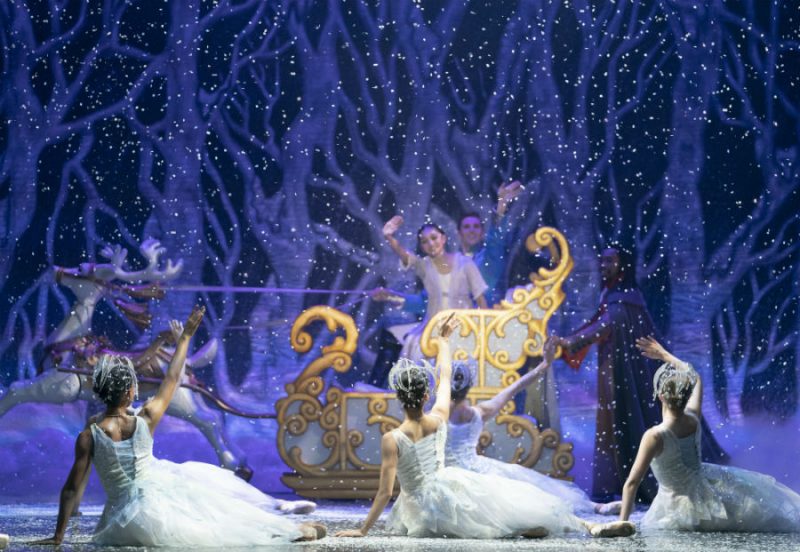
So much for Act I and its various delights. Act II is both more various and episodic in its nature, making it perhaps more fragmentary in construction, but more immediately enthralling than Act I. It is essentially a series of dances and, as in almost every Nutcracker production, the great highlights were the beautiful, romantic pas de deux, and common favourite, the dance of the Sugar Plum Fairy (Minju Kang). Besides this, a few truly fine dances were offered in what the programme describes as an orientalist style, and here the costuming, choreography, lighting (by Mark Jonathan), and music (conducted by Daniel Parkinson) were all perfectly matched to invoke this atmosphere.
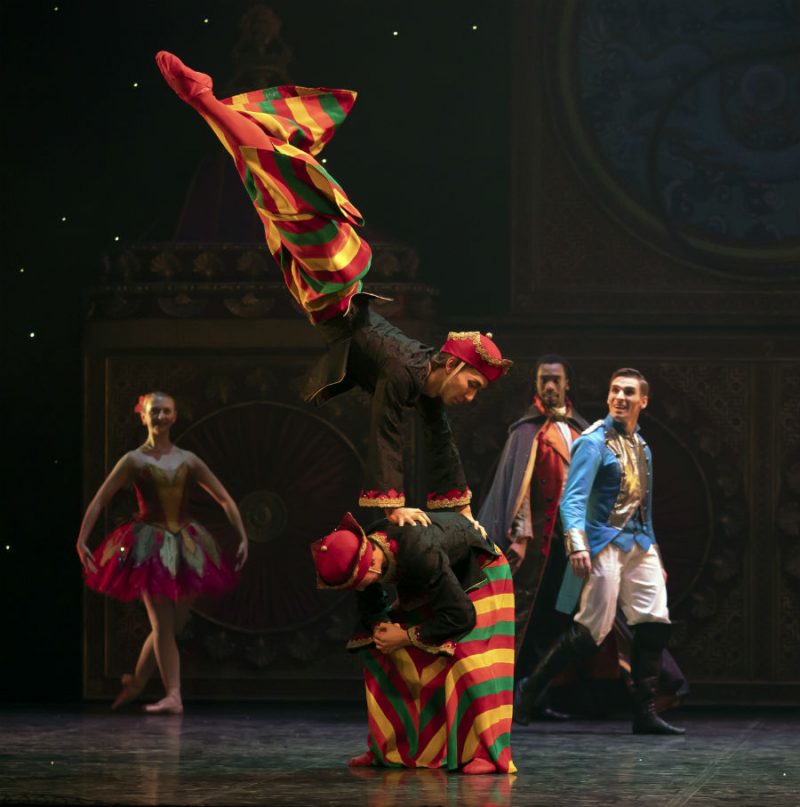
In short, the entire production was a joy, and marked throughout by the highest professionalism. It was perhaps something of a shame that the orchestra, Northern Ballet Sinfonia, being somewhat smaller than the orchestras we are used to hearing in Leeds Grand Theatre, such as the Orchestra of Opera North, gave more of an intimate, chamber music feel to the production (which was pleasant in itself) than is perhaps suitable for a grand Tchaikovskian piece, replete with sentiment, heart, and romance. But it was a wonder to have a live orchestra rather than recorded music, and I certainly agree with Northern Ballet’s claim that ‘live music enhances performance’, and applaud their commitment to the use thereof in almost all productions.
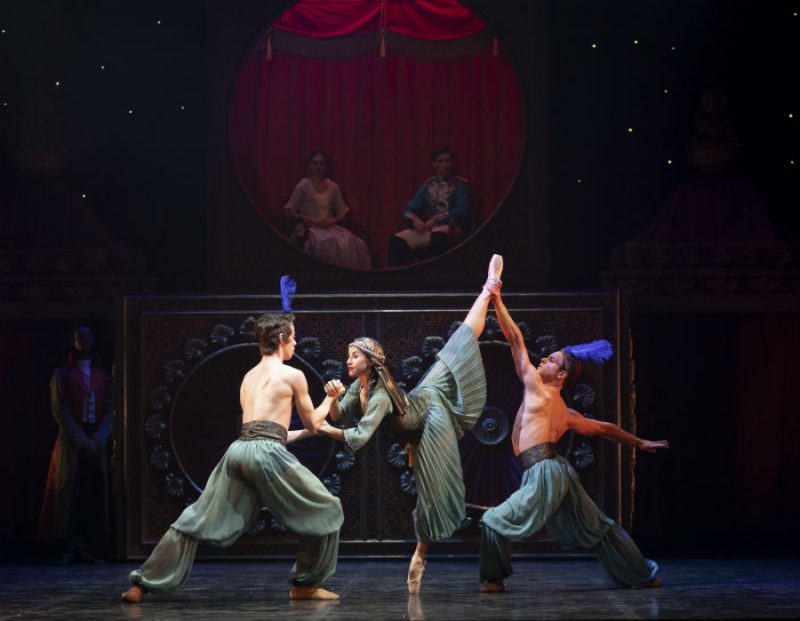
As I said earlier, the first and last set, representing the home of the Edwards family, was a little bit underdone; but when, at the end, the woken Clara clutches her Uncle Drossmayer’s Nutcracker doll to her and the curtain descends, any thought of criticism slips the mind—disregarded as mean and ungenerous—and one cannot do otherwise than join wholeheartedly in the applause. A very fine production of this classic ballet.
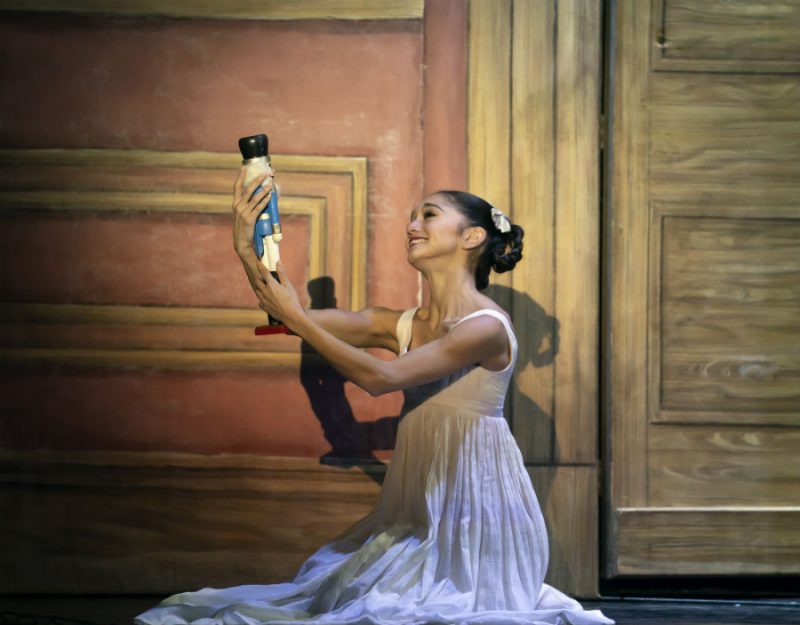
The production wraps up at the end of next week (Sunday, 16 Dec 2018). Northern Ballet then begins 2019 with its exciting ballet Victoria, which will then tour the country until 1 June 2019. Later in the year it will perform the children’s ballet Puss in Boots (April) in Leeds, and The Great Gatsby (in May). Northern Ballet are doing fine things at the moment as they approach their 50th anniversary next year, and I would encourage readers to make time for their shows.
northernballet.com
All photographs provided by Northern Ballet.

